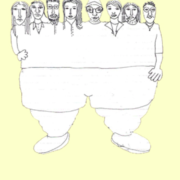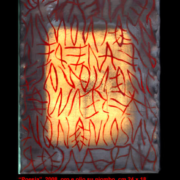The adult and the therapist in an adolescents group: new object and transferential object
Abstract
The psychology of groups and certain structural dynamic elements of their functioning are common to all groups. However, there are some variables that change according to the emotional needs and developmental tasks connected to the age of the individuals that comprise such groups. The basic feature that clearly distinguishes therapeutic groups for adults from groups comprising children or adolescents is asymmetric union, that is, the concomitant presence of an adult or adolescents. An adolescent views the leader of a group as an adult before he perceives him as a therapist, and this immediately gives a specific connotation to their relationship. In all adolescent therapeutic groups, sooner or later the therapist is asked about his age, his physical decline or his aging. The adult in a group of adolescents is the physical witness of time, of the age difference and thus of the difference between generations: this conjures up the thought of aging and makes death present. Indeed, to have access to an adult identity, the adolescent must accept changes in his body and sexuality. He Read more



